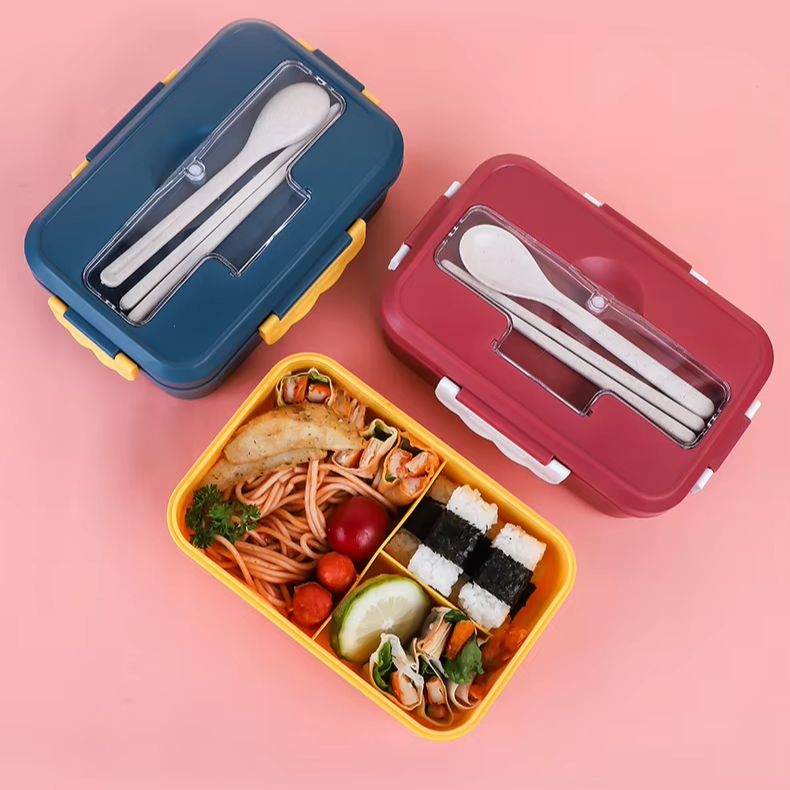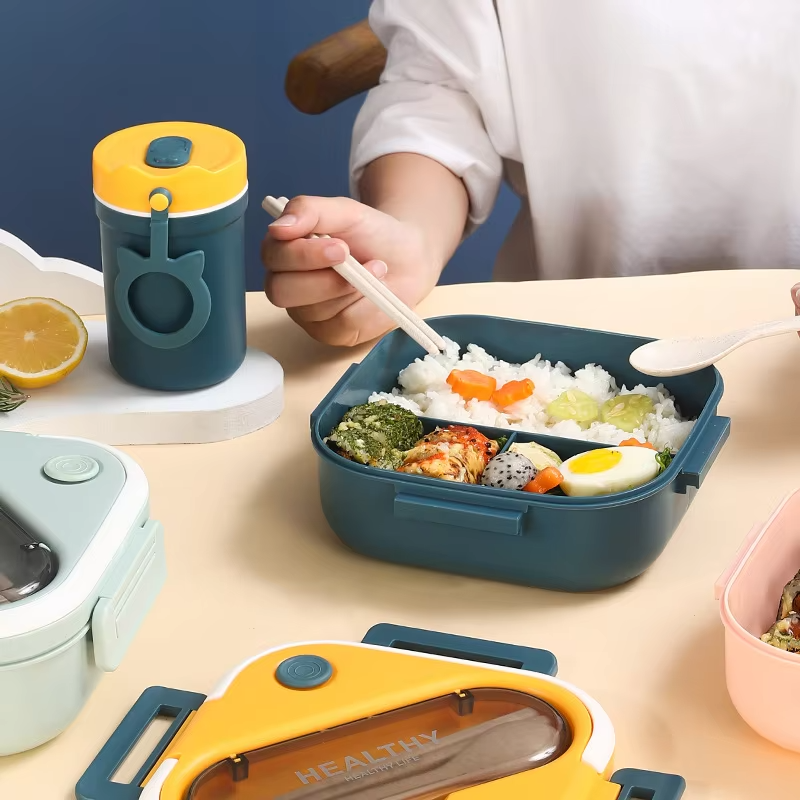Under the global wave of sustainable development, food-grade polylactic acid (PLA) tableware is becoming the core force of the green transformation of the catering industry with an unstoppable trend, and its prospects in the global market are bright.
Environmental protection is the key factor that makes food-grade PLA tableware stand out in the global market. With the continuous awakening of global consumers’ environmental awareness, people are paying more and more attention to the environmental pollution caused by traditional plastic tableware. According to data from the United Nations Environment Program, about 8 million tons of plastic waste flows into the ocean every year. PLA tableware uses renewable plants such as corn and sugarcane as raw materials. In an industrial composting environment, the degradation rate can reach more than 90% in just 6 months, and finally decomposes into carbon dioxide and water, which greatly alleviates the plastic pollution crisis. For example, during the 2022 Beijing Winter Olympics, the event fully adopted PLA tableware, showing the world the feasibility of its large-scale application, which attracted the attention and imitation of many large-scale event organizers around the world.
Safety is an important guarantee for food-grade PLA tableware to win the trust of global consumers. It has been certified by international authoritative organizations such as the U.S. Food and Drug Administration (FDA) and the European Food Safety Authority (EFSA), ensuring that it does not contain harmful substances such as plasticizers and bisphenol A. In sharp contrast, traditional melamine tableware may release carcinogens such as formaldehyde under high temperature or specific environment, while PLA tableware’s outstanding performance in food safety has made it widely used in places with extremely high safety requirements such as homes, schools, and hospitals around the world.
Driven by technological innovation, the performance of food-grade PLA tableware has been continuously optimized and its applicable scenarios have been further expanded. Through crystallization modification, its heat deformation temperature has been greatly increased from 56°C to 132°C; after blending with PBAT, its elongation at break has been increased to more than 100%, which can meet the needs of frozen food packaging. In addition, its low-temperature processing characteristics not only reduce energy consumption by 30%, but can also be adapted to existing plastic processing equipment, attracting many catering companies and manufacturers around the world. In Europe and the United States, more and more fast food chains have begun to use PLA lunch boxes; in Asia, convenience stores in Japan have also used PLA cling film for food packaging.
At the policy level, many countries around the world have actively introduced relevant policies to safeguard the development of the food-grade PLA tableware market. China implements a VAT refund policy for PLA manufacturers, and requires a 30% reduction in non-degradable plastic tableware in the takeaway field through the 2025 “Plastic Ban”; the European Union has invested 300 million euros in the Horizon Europe plan, committed to achieving 100% closed-loop recycling of PLA waste by 2030; California and other regions in the United States have also successively issued plastic restriction regulations to encourage the use of degradable materials such as PLA. The implementation of these policies has effectively promoted the rapid expansion of the food-grade PLA tableware market.

Market data directly reflects the huge development potential of food-grade PLA tableware. According to the China Research and Consulting report, the global biodegradable disposable tableware market size has reached US$12.2 billion in 2024 and is expected to grow to US$18.6 billion by 2034. Hengxin Life, a leading company in the industry, will have a revenue of 1.594 billion yuan in 2024, and a year-on-year increase of 79.79% in net profit in the first quarter of 2025. Its revenue from degradable products accounts for more than 54%, which has attracted the attention of global capital to the PLA tableware industry.
Despite the broad prospects, the development of food-grade PLA tableware in the global market still faces some challenges, such as insufficient heat resistance of unmodified products and degradation under natural environment affected by temperature. However, with the continuous investment of global scientific research forces, these problems are gradually being improved. It can be foreseen that driven by environmental protection needs, policy support and technological progress, food-grade PLA tableware will occupy a more important position in the global market and lead the catering industry into a new era of green environmental protection.
Post time: Jun-27-2025













